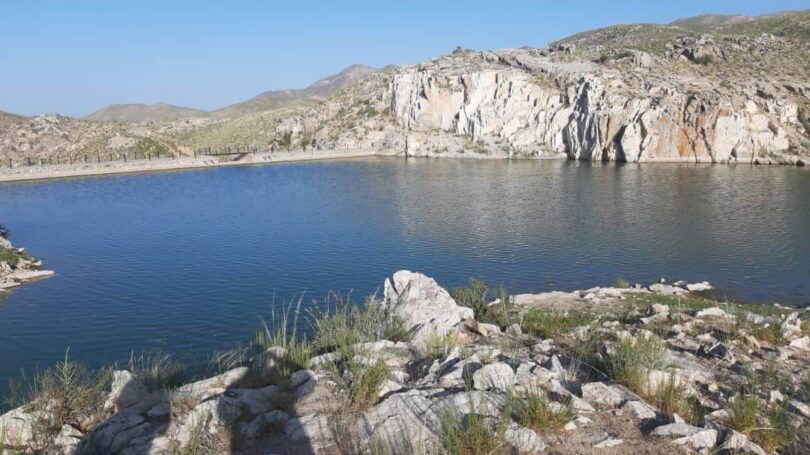GHAZNI CITY (Pajwhok): A number of residents of southern Ghazni province have asked local authorities to release water from Baghcheri Dam because the dam is full and they need water to irrigate their farm fields.
Mohammad Mahdi, a tribal elder of Baghcheri Village of Qiaq Valley, told Pajhwok Afghan News that floods occurring in the beginning of this solar year had filled the dam to its capacity.
He asked local authorities to release the dam’s water because they needed it direly for irrigation of their fields.
Hamid, another farmer, told Pajhwok if the water was not released soon, they would lose all of their crops and suffer hundreds of thousands of afghanis losses.
He said farmers spent their savings on cultivating crops and if water was not released now, their crops would dry up.
According to Hamid, farm fields of 15 villages are irrigated by water from the dam and this season is very important for their fields to be irrigated, otherwise farmers will face serious problems.
Maulavi Mohammad Shafiq Mansoor Omar, the head of sub-rivers administration, said: “The issue of water shortage is increasing day by day in Ghazni, so we took control of water management in our hand to fight the increasing drought impacts and better manage the water and solve the problems of all the people”.
Mansoor Omar told Pajhwok a delegation of water management authority was dispatched to visit the Baghcheri Dam and after the delegation approved the release of water, a limited amount of water was released from the dam.
He assured the residents that the water level in the dam had reached the height of 12 meters and water up to six meters will be released during the upcoming five or six days for the irrigation of fields.
According to Omar, it is the first time water will be released from the reservoir in coordination with residents and farmers.
Baghcheri Dam is situated in Jaghato district of Ghazni province and this dam was constructed in 2009 by Provincial Reconstruction Team (PRT) which has the capacity to store 800,000 cubic meters of water.







